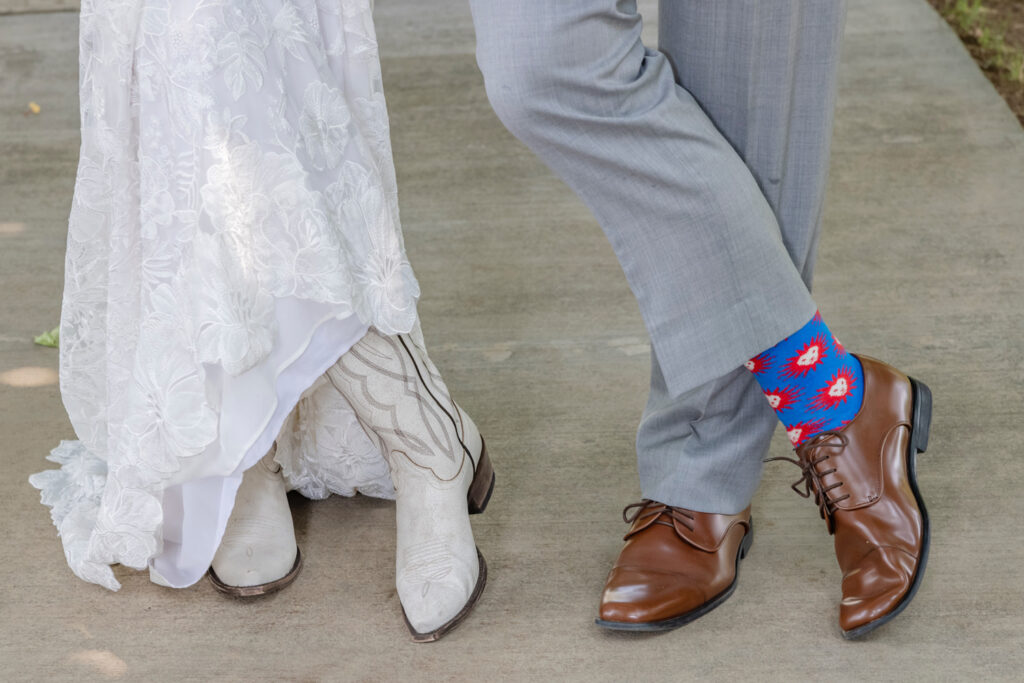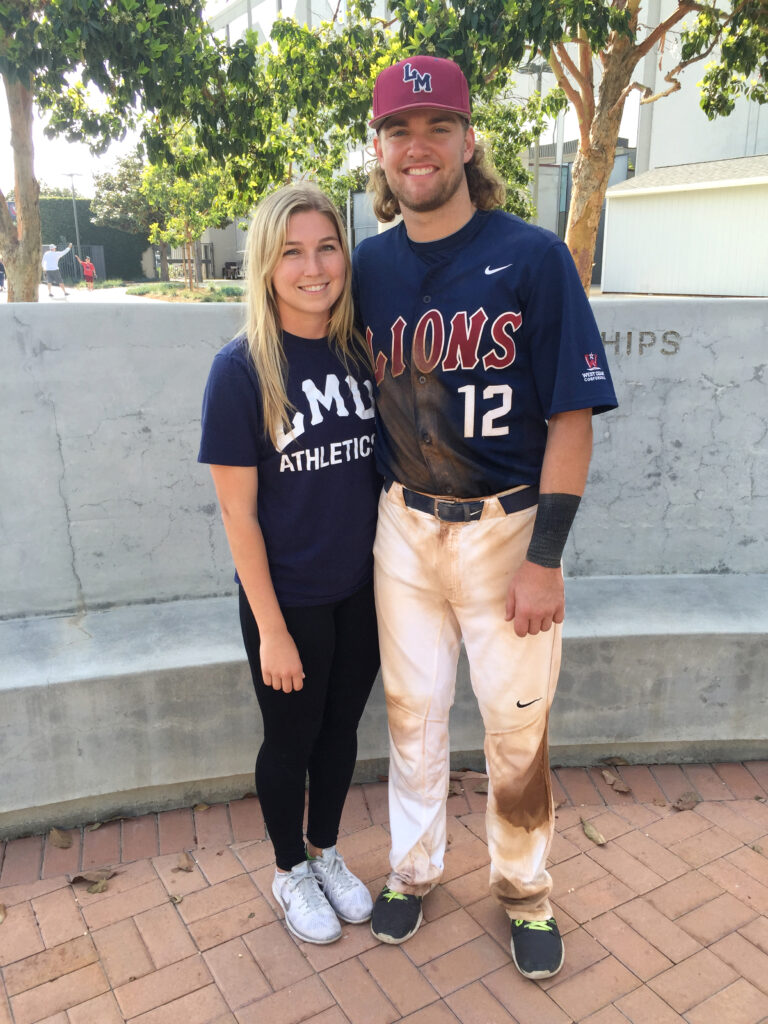
Faced with a leap into the unknown, it can help to ask, “Why not?” In February 2018, that question led Jocelyn Blankenship to play professional soccer in Piteå, a small Swedish city, located 30 minutes away from the Arctic Circle, where the sun never sets in the summer, and winter requires six layers of clothes.
Only months before, Blankenship had been in a warmer climate as a member of the Orlando Pride, a team in the National Women’s Soccer League (NWSL). Despite a successful career at LMU, where she recorded 14 goals, 22 assists and a 2015 entry into the NCAA round of 16, Blankenship was rarely allowed to play in Orlando. When her agent presented an offer to play for 9 months in Piteå, Sweden, Blankenship thought, “Why not?” and took the leap.
She was excited, but hesitant too. She didn’t speak Swedish, it could be lonely not knowing anyone, and Piteå was nearly 4,800 miles away from home and Cassidy Brown, an AAA-bound minor league baseball catcher and her long-distance boyfriend of several years, who was about to become a lot more long-distance.
They’d said “goodbye” many times during their two years of long-distance dating, but this was different. This was harder.
Blankenship and Brown met at LMU in 2016, both star athletes. They had only dated five months before leaving college and pursuing careers apart — Boston, Cincinnati, Billings, Pensacola — but continued their relationship through texts, calls, and video chats navigating long distances. Over the next two years, they learned to be together emotionally, but not physically inhabiting the same space, except for short week-long visits filled with activities, excursions and family — not day-to-day domesticity.

It was during one of those visits — a short stateside break from Sweden — that another “Why not?” was planned. What if Brown came to stay with Blankenship in Piteå for the last four weeks of her season and then afterwards they traveled Europe for five weeks? They wanted to see each other, of course, but it could answer something Blankenship casually wondered, “Can we actually be together every day?”
Nine weeks would be the longest time they’d ever spent together, and they faced factors most pairs don’t have to when moving in together; notably, living in a town and apartment that wasn’t theirs, surrounded by a language they didn’t speak, and isolated in a semi-remote place with not a lot to do. Those challenges stacked on top of the looming ones all couples take on when cohabitating for the first time: Who would do what chores? Would they get sick of seeing each other all the time? Would they run out of things to say? Would pet peeves metastasize into intolerable dealbreakers? Would annoyance bubble up into needing space?
It didn’t take long after Brown arrived for them to realize instead of needing space, they needed each other, becoming inseparable as they cleaned, cooked, did laundry, went shopping, and laughed over their reactions to local food like salty licorice or Surströmming. They never wanted to be apart. It struck them how easy everything was, how well Cassidy fit into the social life she had built in Piteå, how natural Blankenship — prone to filling silences — settled into quiet afternoon coffee. Ask them today if there was anything during that time that they struggled to adapt to in each other, and they can’t come up with an answer. Even as they embarked on their cross-Europe trip, the curveballs and stress of travel never cracked the deepening roots of their relationship. When she became stressed, his calm would ease her anxiety. It went the other way too.
When their time in Europe was over, they traveled back to the U.S. for Thanksgiving, and again faced long distance. They’d said “goodbye” many times during their two years of long-distance dating, but this was different. This was harder. For nearly 10 weeks, they’d come to know and love life together in a way that never made them want to be apart. It would be a time they’d look back on as having taken their relationship to the next level.
Once the question may have been whether they could be together every day, now the question was, “How could they not?” They’d be apart for two more years before finding a fix, a decision that — thanks to their time together in Sweden — required no leaping into the unknown and no “Why not?” They were married August 7, 2021.
Alexander Huls is a writer based in Toronto. His work has appeared in The New York Times, The Atlantic, Esquire, Popular Mechanics and elsewhere. His “The Dogs That Save Us” appeared in LMU Magazine (Summer 2021). Follow him @AlxHuls.
